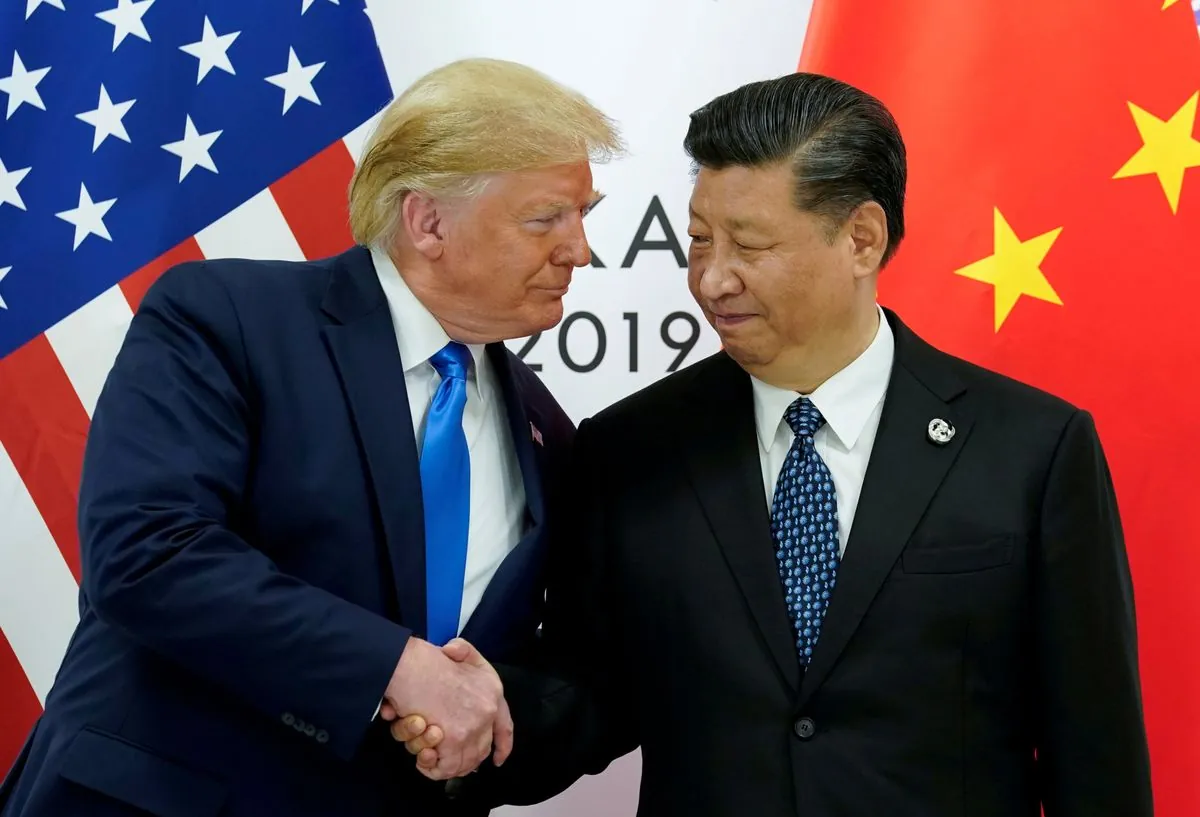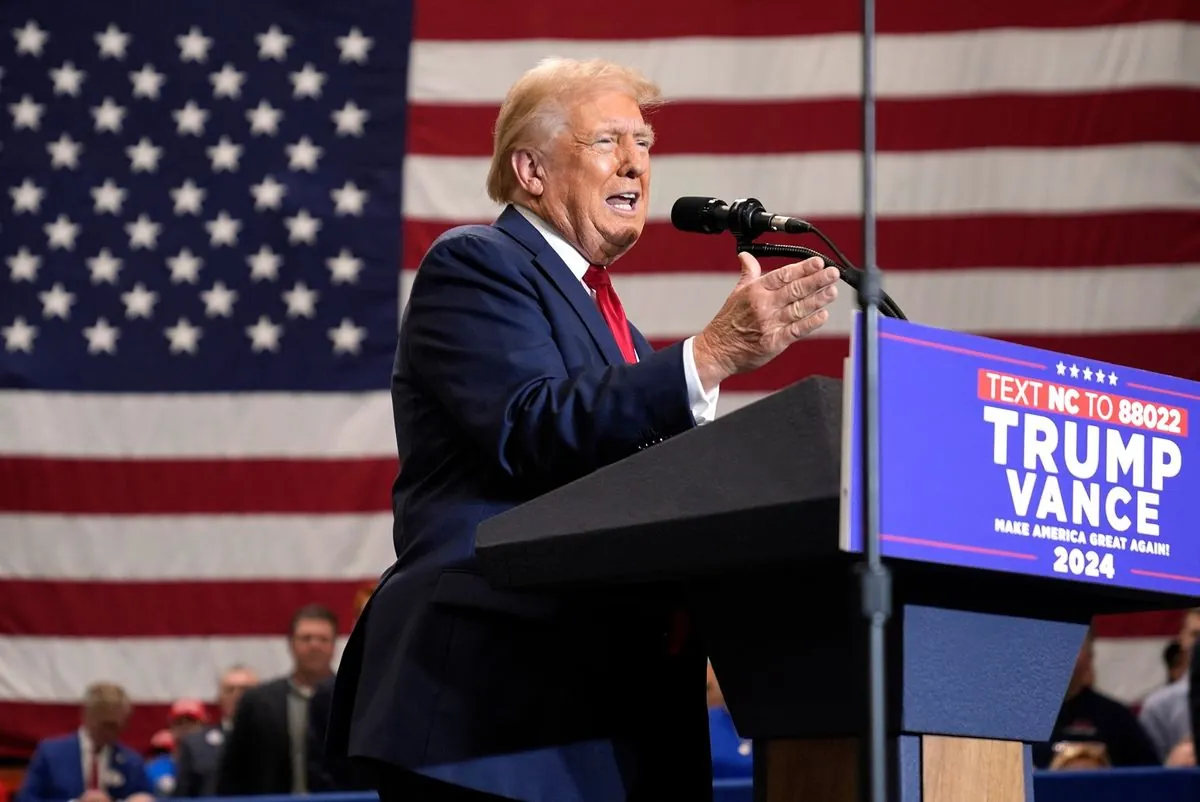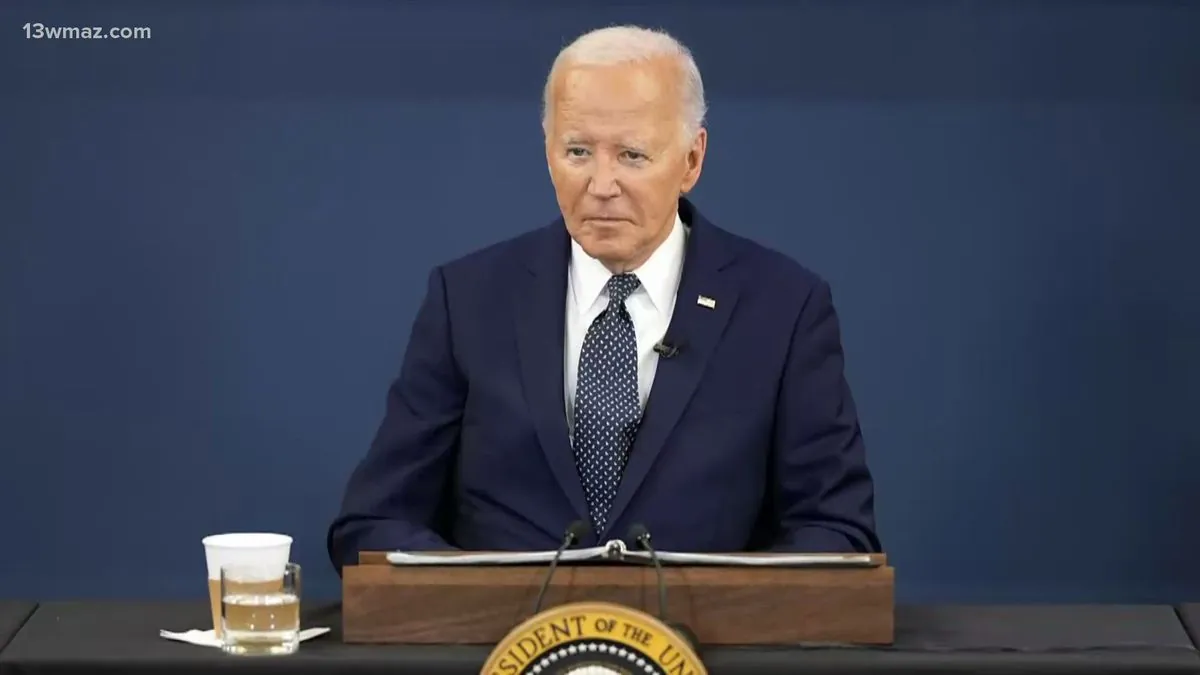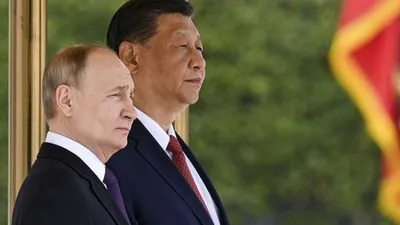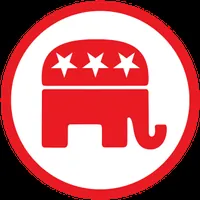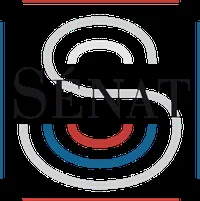People's Bank of China
The People's Bank of China is the central bank of the People's Republic of China. It is responsible for carrying out monetary policy as determined by the People's Bank Law and the Commercial Bank Law.
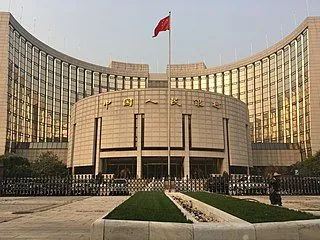
Some of the key events about People's Bank of China
- 1948Established as the central bank of the People's Republic of China
- 1949Established as a tool for centralized economic planning under communist rule
- 1966Ceased most operations during the Cultural Revolution, disrupting financial services
- 1978Implemented reforms to support China's economic opening and modernization
- 1984Introduced a two-tier banking system, separating commercial banking from central banking functions
- 1984Implemented a dual-track currency system, creating economic inefficiencies
- 1994Unified China's dual exchange rate system, creating a single managed floating exchange rate
- 1994Devalued the yuan by 33%, causing economic shock and inflation
- 1995Enacted the Law of the People's Bank of China, formalizing its role as the central bank
- 1998Failed to prevent the collapse of Guangdong International Trust and Investment Corporation
- 2001Played a crucial role in China's accession to the World Trade Organization
- 2005Initiated reforms to make the renminbi exchange rate more flexible
- 2005Introduced a managed floating exchange rate system, criticized for currency manipulation
- 2008Implemented policies that contributed to a property bubble and excessive lending
- 2009Launched a 4 trillion yuan stimulus package to combat the global financial crisis
- 2015Successfully lobbied for the inclusion of the renminbi in the IMF's Special Drawing Rights basket
- 2015Unexpectedly devalued the yuan, triggering global market turmoil
- 2016Faced criticism for ineffective communication of monetary policy changes
- 2019Allowed the yuan to depreciate below 7 per dollar, escalating trade tensions with the US
- 2020Introduced the digital yuan, becoming one of the first major central banks to pilot a digital currency
Disclaimer: This material is written based on information taken from open sources, including Wikipedia, news media, podcasts, and other public sources.

